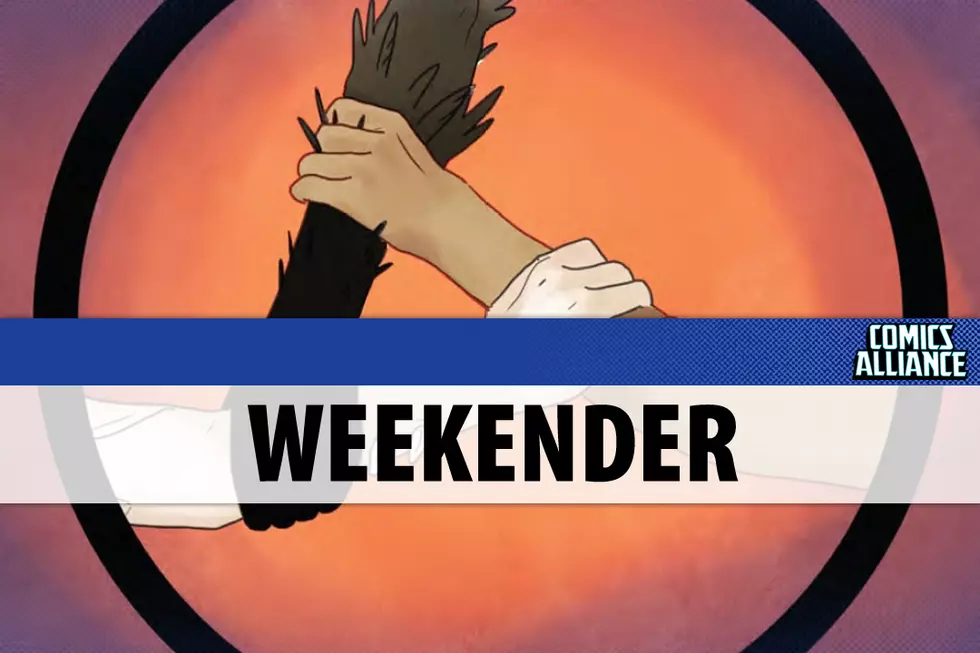![S.M. Vidaurri on the Magic and Meaning of ‘Iscariot’ [Interview/Preview]](http://townsquare.media/site/622/files/2015/04/ISCARIOT_OGN_Cover.jpg?w=980&q=75)
S.M. Vidaurri on the Magic and Meaning of ‘Iscariot’ [Interview/Preview]
Iscariot is the story of Carson, a young woman taught magic by a rebellious old magician in order to save her from cancer, and of her struggles to adapt to what her life becomes. It promises to be a powerful tale, beautifully told by author S.M. Vidaurri --- and readers who want an advance preview can see a few pages right here, or pick up the Boom/Archaia Free Comic Book Day comic this weekend.
You may know Vidaurri's work from his contributions to Jim Henson's The Storyteller: Witches, or from his exquisite and affecting previous book, Iron, Or The War After, a tale of post-war reconciliation and resistance told with anthropomorphic animals. ComicsAlliance spoke to Vidaurri to find out what inspired this new tale, how he chose the visual language, and why cardinals play a recurring role in his comics!
ComicsAlliance: What was the inspiration behind Iscariot?
S.M. Vidaurri: I really wanted to tell a story with a young protagonist, and with human characters. My last works have all included animals, and while I still love that, I wanted to tell a story more based in the real world. Of course, it's all about magic. So perhaps not that real.
But I got the idea for Iscariot when I was pitching Iron to Archaia's Mark Smylie. He asked me if I had any other pitches and I had about three pages completed of Iscariot. I can't remember if it was titled Iscariot at that point or not. The story was about a magician and a young girl who gets magic powers. Archaia went with Iron, and so that idea was tucked away. While I was finishing Iron though, I thought a lot more about it. I completely changed the story and the designs --- basically everything except the idea of a magician named Iscariot and a young girl.
CA: How did you arrive at your two main characters and the dynamic between them?
SMV: I really enjoy writing about kids. I think that they are some of the best characters. It's challenging, because if you start making them say things that are adult, you kind of lose the best part about a kid's dialogue, which is that it's almost brutally candid, but also incredibly naive. I thought the young girl, Carson, would pair well with Iscariot, this 400-year-old magician with incredible power.
CA: In your last work, Iron, Or The War After, you explored the insidious ways in which war forces people to define themselves. What's the connective tissue between that work and this?
SMV: With Iscariot, I wanted to try to explore how we can hurt other people even when we are trying to help. I think with Iron, a lot of the choices made by the characters were more selfish, and based on their desires and justifications for the war, but Iscariot is a bit more hopeful, I think.
CA: Visually, you're doing something different in Iscariot than you did in Iron. What's your approach this time?
SMV: Well, Iron is pretty dark, with blues and grays, and I definitely wanted to change things up in terms of introducing more color. Iron is also very vertically based in its panel placement, so I tried to be more horizontal in Iscariot. Also, there are humans in Iscariot, so that was different. There's still some overlap, and keen readers will spot a reference or two.
CA: How do you work? What does your desk look like?
SMV: I have a pretty meticulously organized desk. I'm a super disorganized person so I kind of force myself through sheer force of will to keep my desk clean or else it will descend into total madness. I'm really into hanging stuff on my walls. I like for everything to be pretty well in reach. So my paint, my palettes, my rulers and headphones, computer cords and lightbox are all hanging near my desk. I have a shelf with my Cintiq and tablet which is below the shelf that is a cat bed. I keep a small TV tray on my right that I use for drinks or whatever else. I used to have another desk, but it was made of that cheap particleboard and it fell apart the last time I moved. I'd like to get another desk sometime, so I could have one just for drawing, but for now, I do everything on one desk.
CA: The cardinal was a recurring motif in Iron, and returns here. Is there a special significance to that bird? Do you see many of them where you live?
SMV: I think cardinals are super interesting. They are around all year, yet we notice them the most in the winter. I think that's interesting; they are always red but they stand out most when it's the most desolate. I live in Jersey City now, so sadly not too many cardinals, but where I lived in high school we would get some. I tried many times to set up bird feeders, but I never could outsmart the squirrels.
CA: I'm fascinated by the way you frame your panels, often inside wide borders that tell something of the context or setting of the moment. Can you talk about the intention behind those choices?
SMV: Yeah! I just think it's cool how you can give a scene different meaning if you add a border, depending on what you put in. If someone says something and there are skulls in the background, that's gonna read a lot differently if there are flowers. You can pick out future events and kind of tease them, or you can just give a moment a bit more time to sit with the reader. I also just think they look pretty.
CA: The name 'Iscariot' carries a certain connotation. How does that inform the story?
SMV: Oh yes, it was chosen intentionally. Kind of like how each character in Iron had an animal with specific traits I wanted the reader to identify, I wanted Iscariot's name to stand out and bring to readers' minds something specific.
CA: There's an excerpt from Iscariot in Boom/Archaia's Free Comic Book Day offering this year. What's the significance of the sequence you chose to include?
SMV: It's the first real scene we get to see magic! I think it's important because, after a pretty magical prologue, the story focuses on Carson and what she's doing. We finally see Iscariot, and he shows her magic, and it's the first time we really begin to get a sense of what magic in this story means.
Spirited Away is a great film because for all of its craziness; it just starts off with a young girl in a car driving through the countryside. I think when you establish a character like that, when she is finally brought into the magical world, we feel how overwhelming it can be. Versus like, say, The Lord of the Rings, where a wizard knocking on your front door seems very hum drum. Both approaches have their advantages, but I definitely wanted it to feel like Iscariot's presence wasn't an everyday occurrence.
Iscariot goes on sale later this year; the preview pages featured here are also part of the Boom/Archaia Free Comic Book Day comic, available in finer comic shops this weekend.
More From ComicsAlliance
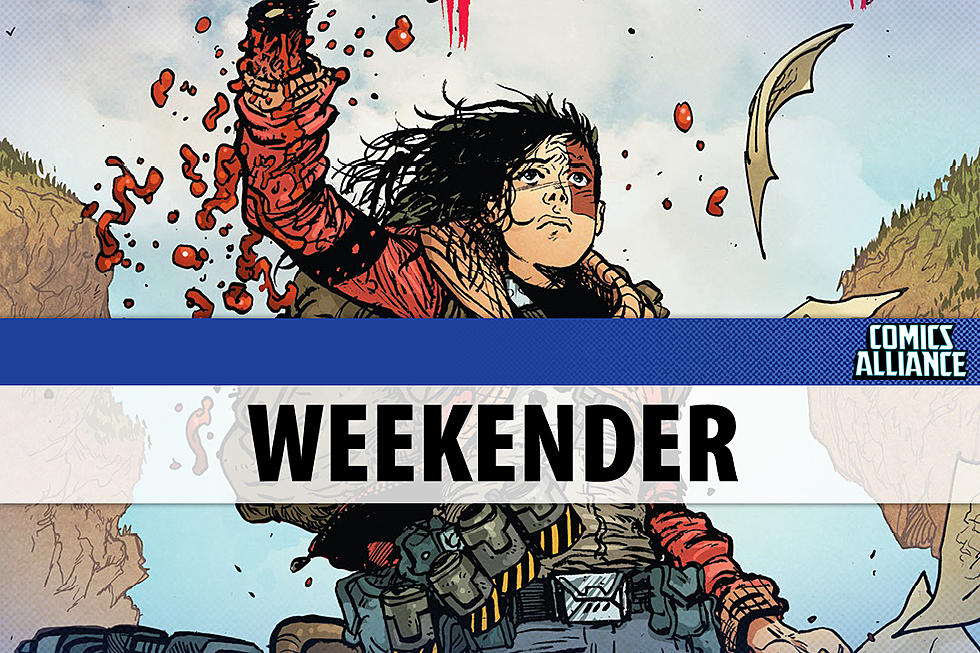

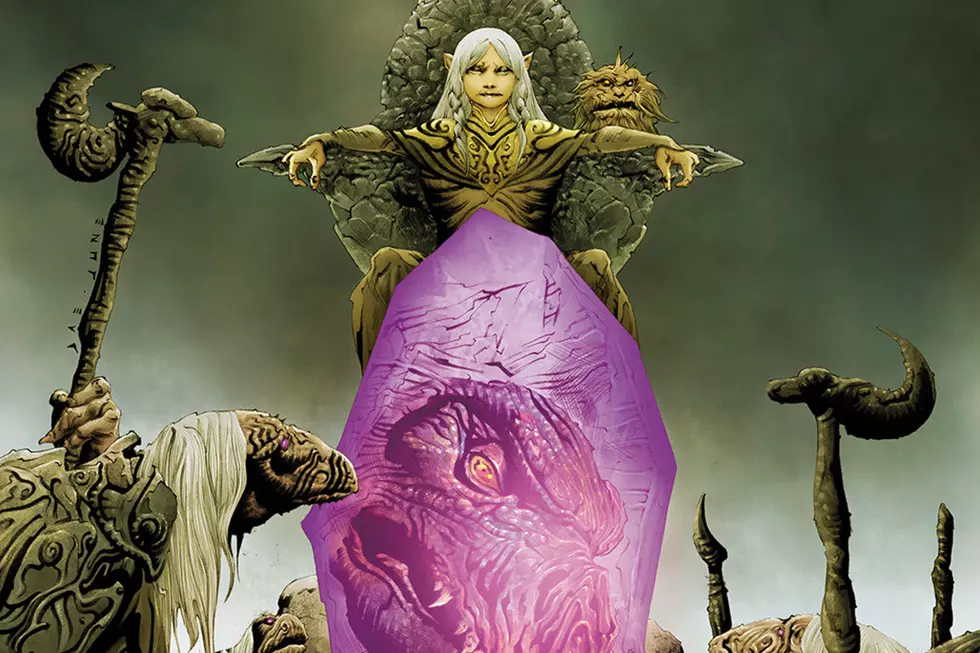
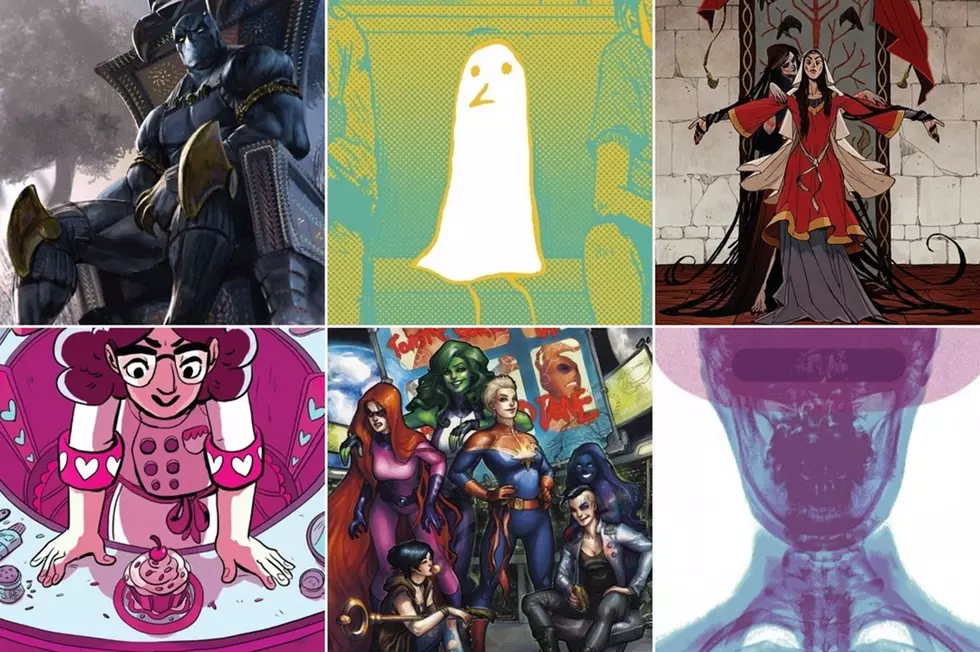
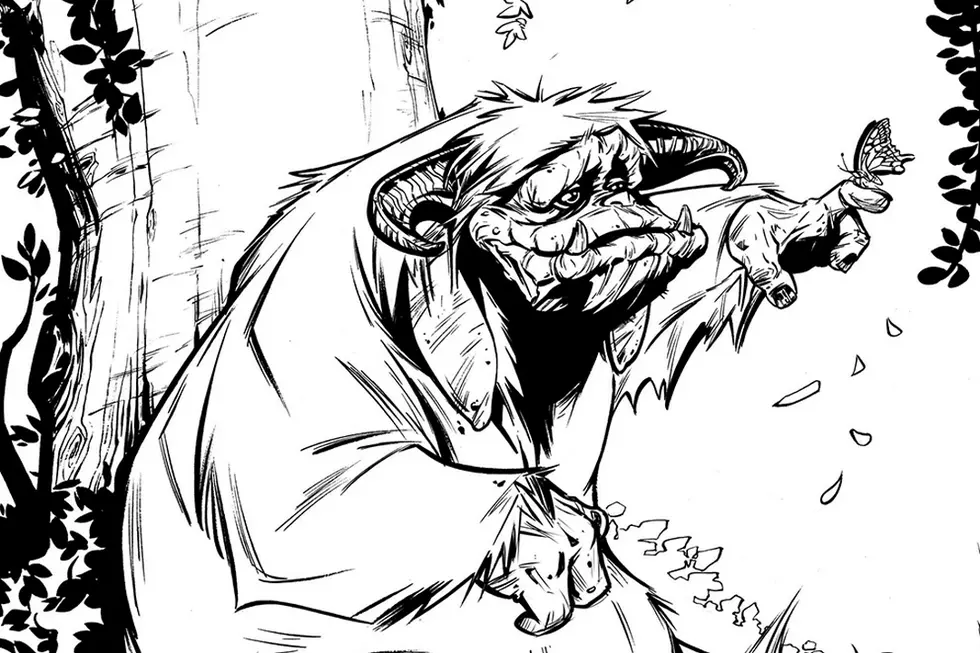


![Archaia To Release ‘Mouse Guard Coloring Book’ In October [Exclusive Preview]](http://townsquare.media/site/622/files/2016/04/Mouse-Guard-Featured.png?w=980&q=75)
